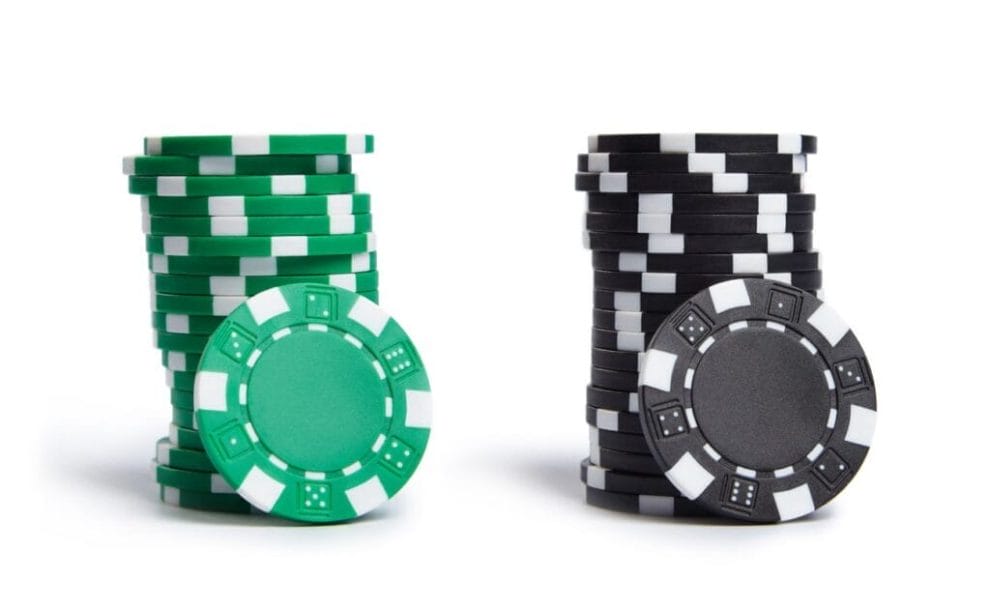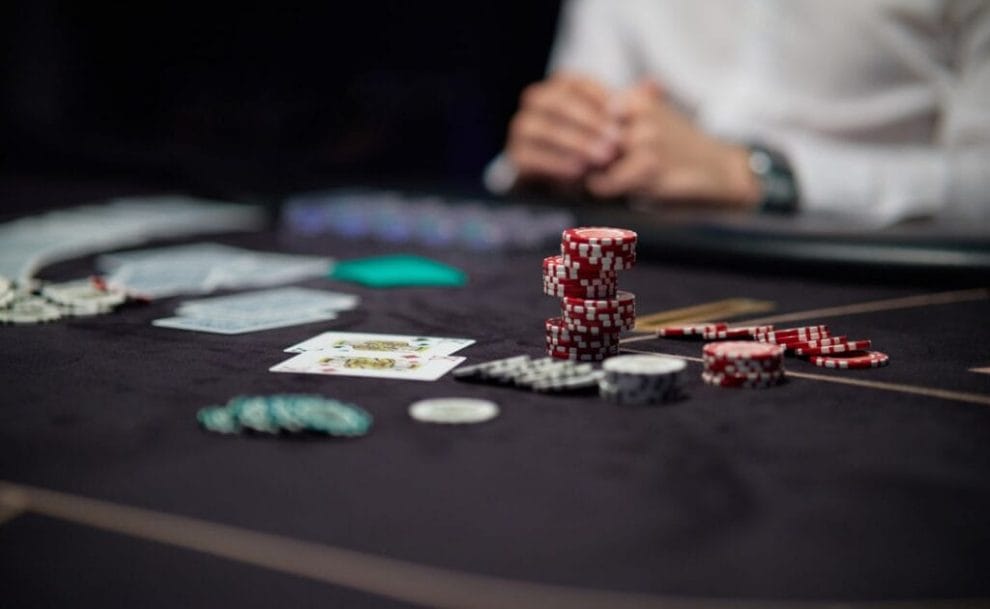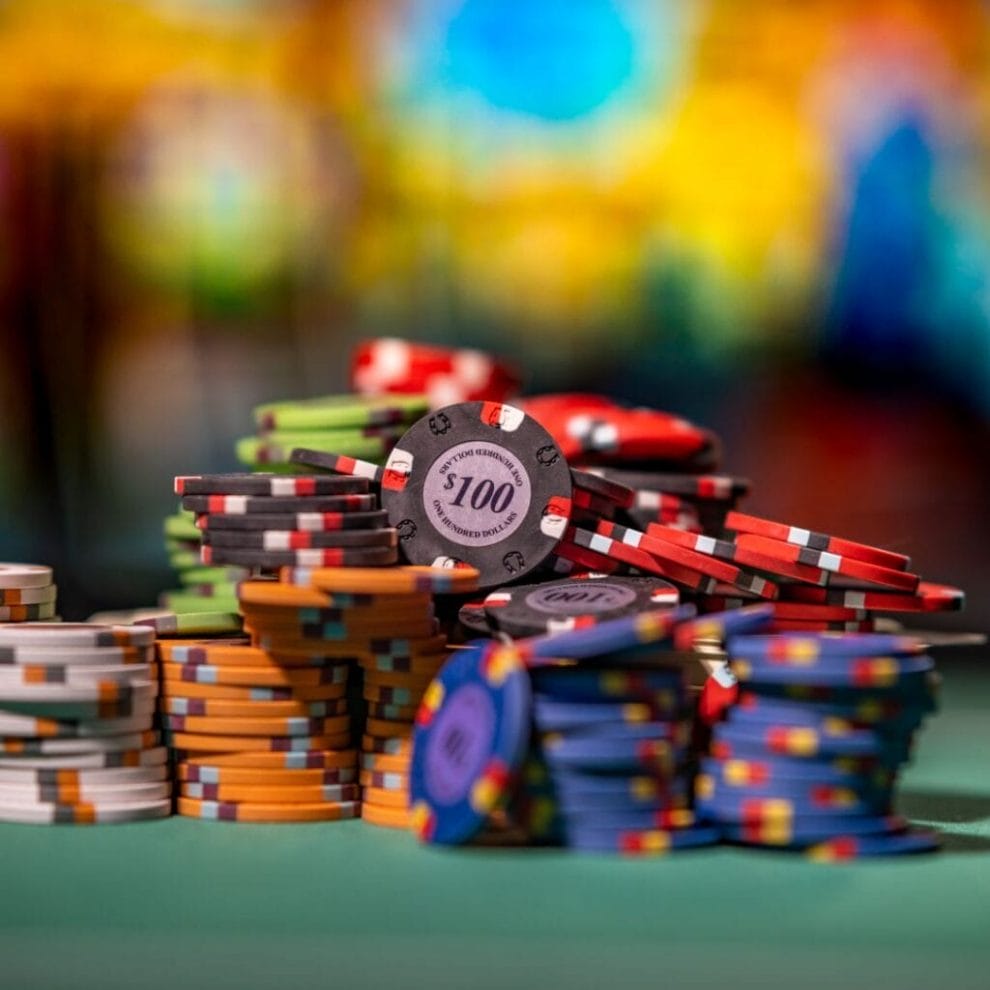
The basics of poker are easy to grasp, but the math can spiral out of control when the action gets going. There are many useful analytical tools, but often, they seem more complicated than the problems they’re intended to solve. This can be very daunting, especially for beginner players. One tool that isn’t complicated to use, though, is effective stack size. This handy concept is simple enough for any player to start using right away. Keep reading for tips on how to calculate your effective stack and what to do with it when you play online poker.
How To Calculate Effective Stack Size

The term “effective stack size” simply refers to how many chips are effectively in play. If you understand the concept, then you already know how to calculate it. Think about it this way. If you have 100 big blinds (BB) and your opponent has 20 BB, what is the most you can win off them? Conversely, what is the maximum you stand to lose against them? The answer is that the most you can win or lose in this hand is 20 BB, which is the size of your opponent’s stack.
In short, when two players are in a pot, the effective stack is the smaller of the two stacks in play. It tells the short-stacked player how much they can win and how much they cannot lose to their opponent, and vice-versa.
Working With Effective Stacks
A common error that beginner players make when playing Texas Hold’em online is to base their strategy on their own stack size rather than the effective stack. This can lead to all sorts of problems, such as bad hand selection. Say you’re holding a speculative hand such as 4–5♠ with a stack of 100 BB, and your opponent also has 100 BB. With an effective stack of 100 BB, conventional deep stack thinking would be to call a raise because the implied odds are favorable (you stand to win 100 BB). But if your opponent’s stack is only 20 BB, the implied odds become unfavorable (the most you can win is 20 BB).
Stack to Pot Ratio
Knowing the effective stack also helps you to work out the Stack to Pot Ratio (SPR). This tool can help you to determine whether your (or your opponent’s) hand strength justifies continuing after the flop based on the ratio of the pot size to the effective stack size on the flop. The larger the SPR, the higher the risk compared to the reward, and the stronger your hand should be to warrant taking the risk.
To calculate the SPR, divide the effective stack (the amount at risk) by the flop pot size (the potential reward). As a rough guideline, the resulting SPR can be low (0–6), medium (7–16), or high (17 or higher).
Say the game is 10/20 no-limit Hold’em (NLHE), and there’s 4 BB in the pot. Your stack is 100 BB, but your opponent only has 8 BB, so the SPR is a low 2 based on an effective stack of 8 BB (this being the most you can bet before your opponent is all in). In this situation, weaker hands like overpairs, top pair, and bottom two pair are profitable to play in the long run, especially if you’re playing in position.
With a medium SPR, you’d want to play stronger hands like top two pair, sets, good drawing hands, flushes, and straights.
With a high SPR, there’s a lot of money at risk, so you need something close to the nuts if you want to continue. Think sets, strong drawing hands, big flushes, and high-end straights.
The 5 & 10 Rule

This rule provides a handy way to judge whether it’s worth calling a bet with a marginal hand before the flop. As first stated by Robert Ciaffone, you should only consider doing this if the cost to see the flop is 10% of the effective stack or less. If it will cost you less than 5%, it’s a flat call. Between 5–10%, you’ll want to weigh the decision carefully, depending on the circumstances.
Hands that work well with the 5 & 10 rule are small pocket pairs such as 5-5, ace-rag suited, and suited connectors such as 8-7. Here’s a practical example. The game is 25/50 NLHE and you’re in the big blind with pocket 4s and 20 BB in chips. Your opponent with 14 BB raises 3 BB from the button. The effective stack is 14 BB. The price of calling 3 BB is 21% of the effective stack, which is too expensive, so you should fold.
Another example: the game is 20/40 NLHE, and you have 50 BB in chips with 7-6 suited. Your opponent has 60 BB and raises 2 BB. The effective stack is 50 BB, so the price to call is only 4%, making it well worth your while to call.
Play Poker Online at Borgata
Looking to play a more effective online poker game? Register at Borgata Online to pit your poker stack against like-minded players in a growing online community. Play for fun and profit as you join in cash games and online poker tournaments with stakes and buy-ins to suit your bankroll. Get your game on at Borgata Online.
